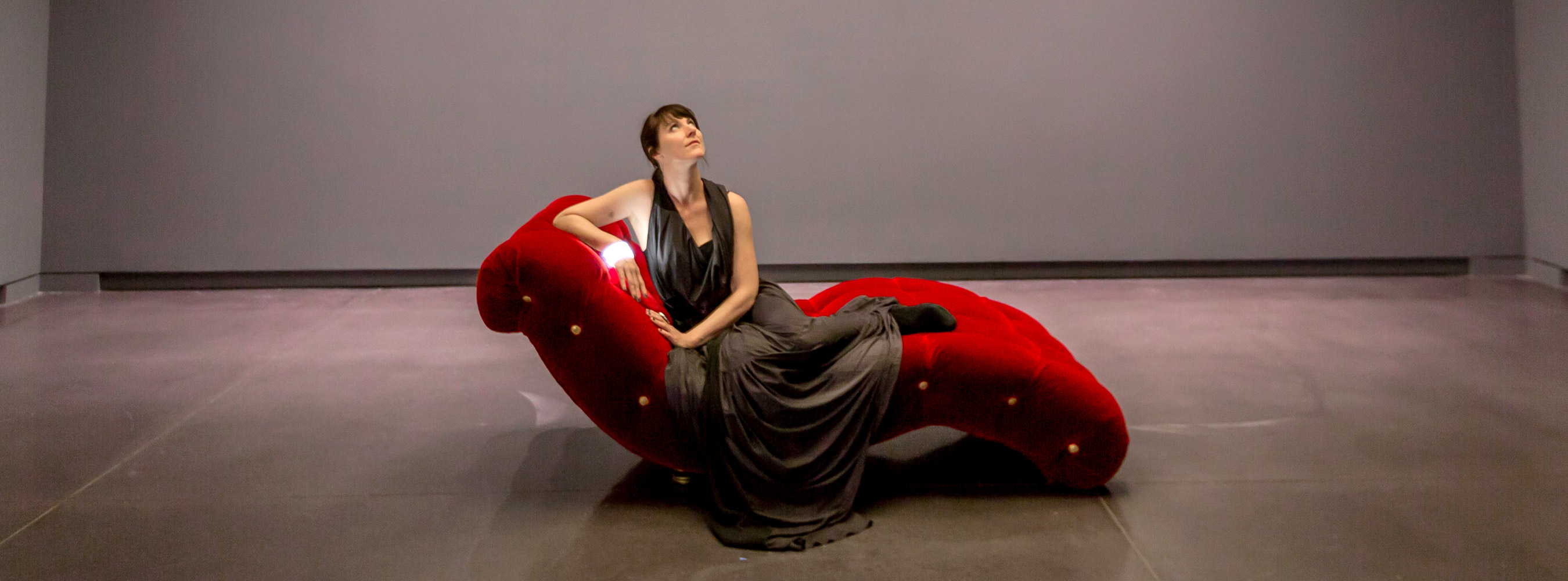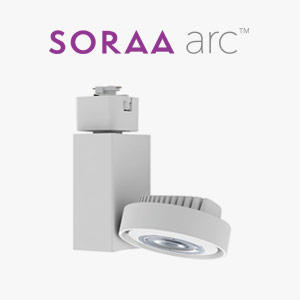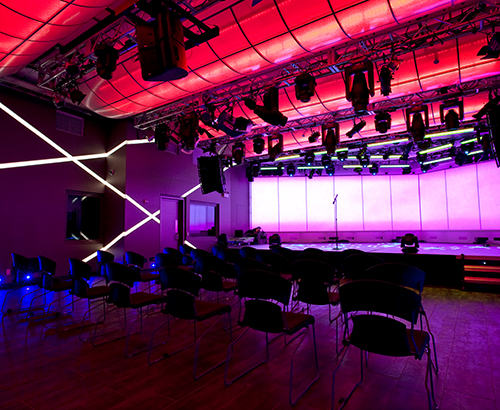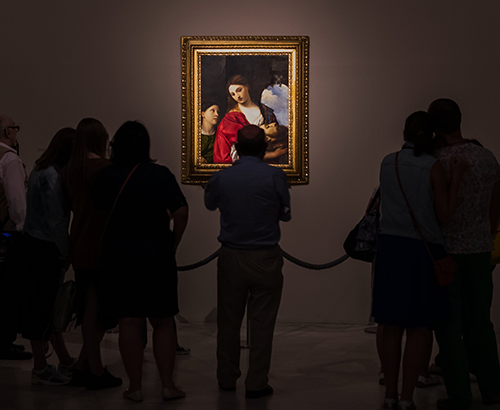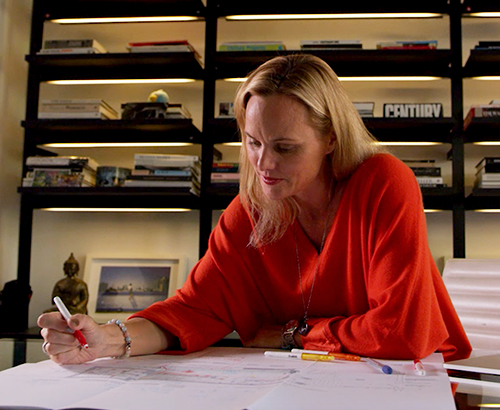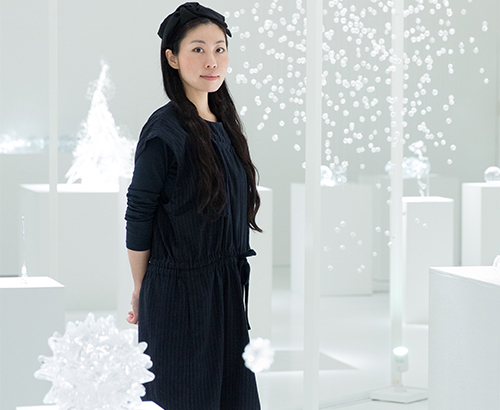I like this
Similar to lighting designers and specifiers, artist Jen Lewin evaluates LEDs and drivers to create impactful works of art. She taps her love of architecture and mathematics to transform environments with light, and has developed ingenious lighting solutions to conquer daunting engineering challenges. Most importantly, Lewin keeps the human experience in mind when determining light sources and colors for her human-centric installations.
In the first part of this series, Lewin walked us through her path to becoming an artist, along with sharing her lifelong inspirations and most memorable experiences. Now, Lewin dives more into lighting and the role it plays in her work.
Read on to discover how Lewin shapes LEDs and lighting components to create her revolutionary interactive installations. She also discusses what drives her color choices and shares tips for lighting designers aiming to shake up the industry.
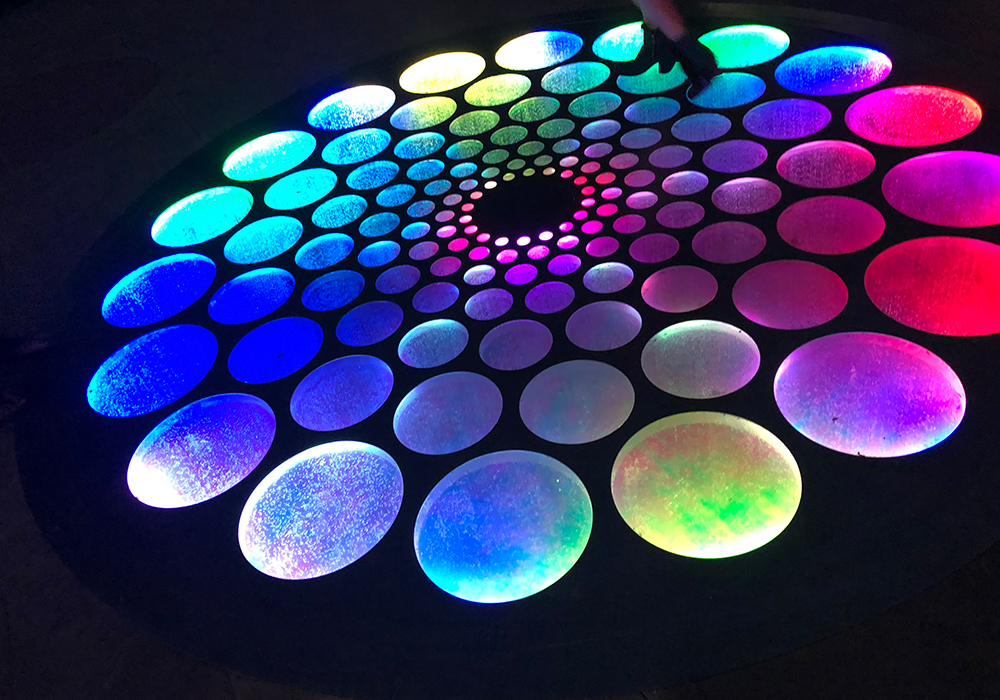
Jen Lewin
Have you had to overcome significant lighting challenges when creating one of your installations?
All of my pieces involve very big lighting challenges. Certainly, the traveling inground pieces that everyone jumps on are very challenging, because no one makes high end LED lighting components that can be sent to almost any environment (in addition to dealing with water, snow, heat and humidity—and then have 10,000 people jump on them).
It is a pretty big engineering challenge. Interestingly enough, we have been able to get the components, like the drivers, really stable. But LEDs are relatively delicate.
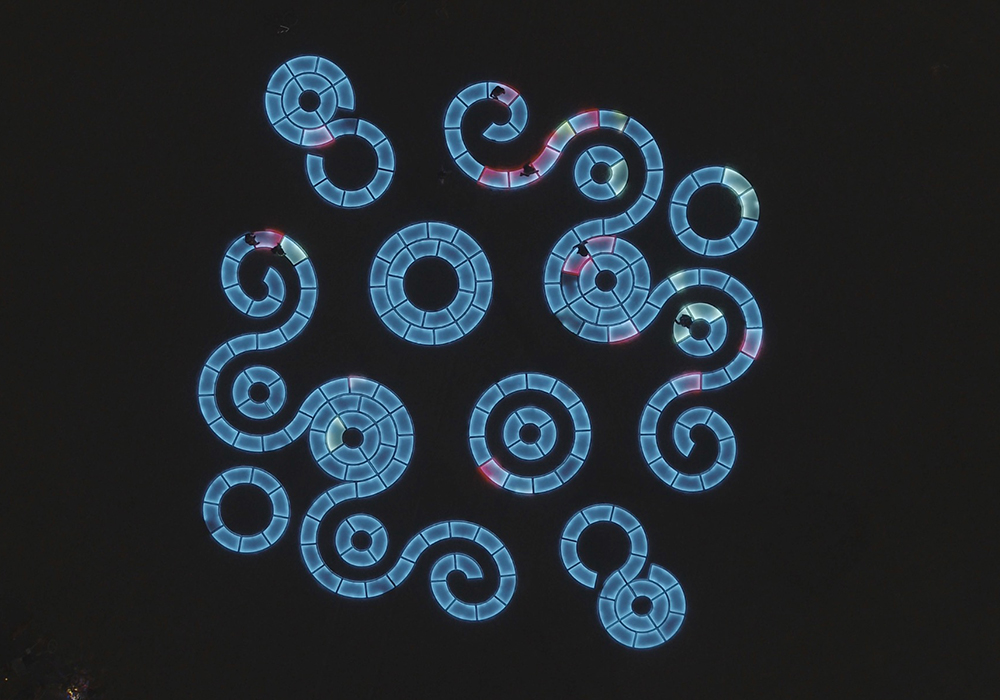
Jen Lewin
We put the LEDs through a lot, so that has been very challenging. I have a permanent outdoor piece in Minnesota across from Target Field, which is a large, interactive light and sound tarp. The weather conditions in Minnesota are very extreme and we have been able to build the LEDs to withstand the intense cold and hot temperatures. They get stressed when temperatures go from super hot to super cold and then back again, however. It is an ongoing challenge and we are consistently coming up with ways to make our LED components truly weatherable outside.
How do you think light impacts humans in the way they experience art?
The history of art is really a history of light. Art history began when we used fire, which was light, and took charcoal out of those fires to draw figures on walls. When you go back through the history of painting, it centers on the history of painters using pigments to capture light in these scenes.
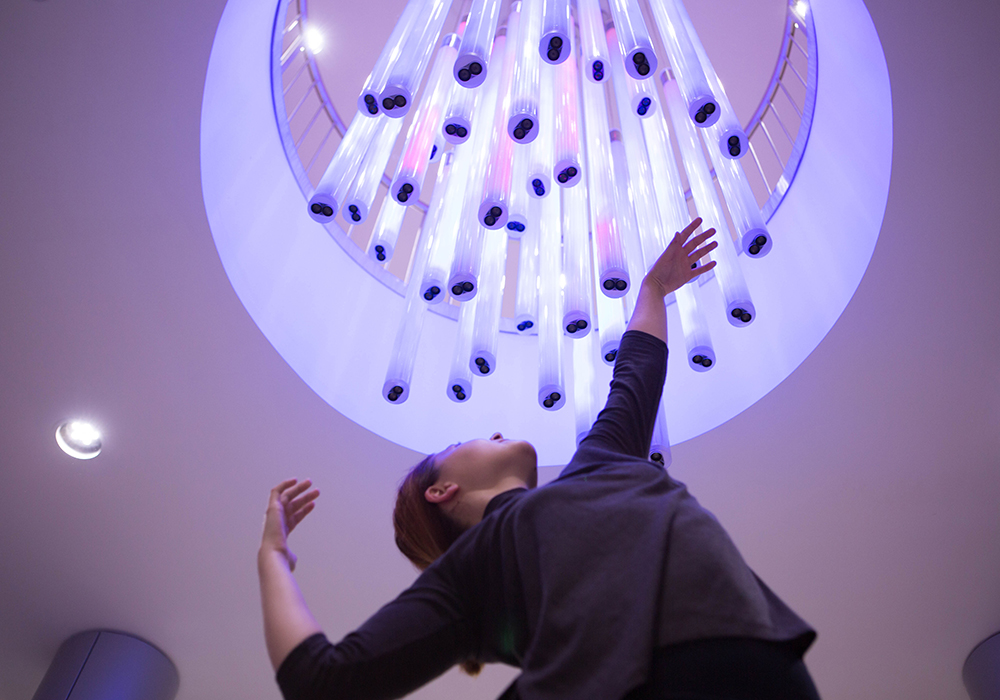
Jen Lewin
It absolutely makes sense that today’s artists are not just playing with paints, but also playing with light, because we can. To me, I think the history of art is a history of creating and using light in different kinds of mediums. It is about playing with what things look like through the idea of light across times and places.
How do you choose colors for pieces you create—whether that is the pigment of the colors themselves or the colors used to light them?
Super intuitively. Often, we have ways to completely tune the piece for each project. I will sit at the sites and tune the colors so they seem cohesive. It is an intuitive feeling for how they look within the site and the way I feel the community is going to feel about the color, in addition to how I feel we should create the playful interactions.
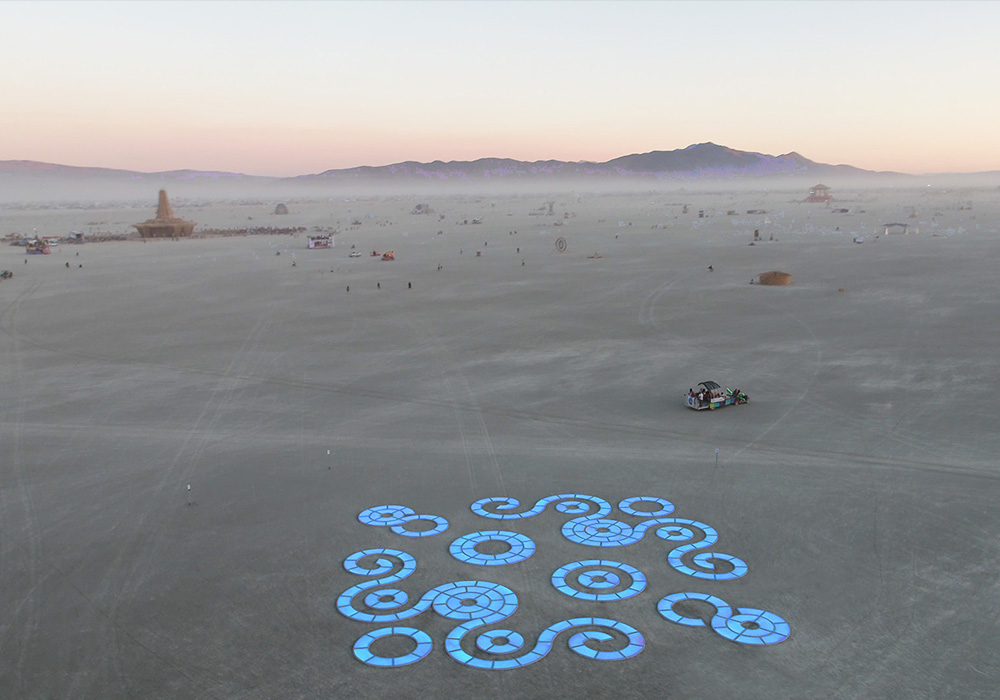
Jen Lewin
If the piece is in a community that might enjoy something a little more playful, I might be more colorful. If it is a place where I want to tone it down, I choose more simple colors, such as blue tones. I make that intuitive call from the site, usually on the night before the exhibition opens.
There are certain phases in my life where I do not like specific color palettes and my poor team has to deal with me on this. But usually, there is this intuitive feeling about what I think the colors should be and that relates to the here and now and the place.
<Is there one color or color palette that embodies your passion for art?
No. I also have to deal with the paradigm of the materials we are using. There is a particular rotational molded plastic we use for a lot of our temporary traveling work that is a necessary material. We cannot change the material given what is available, due to some of the constraints of some projects. That plastic, for example, looks absolutely awful with certain colors. So, a lot of the ground-based pieces stick to blue hues because yellows or greens look putrid through the plastic. I could take a very beautiful green and project it through our plastic and it would look bad.
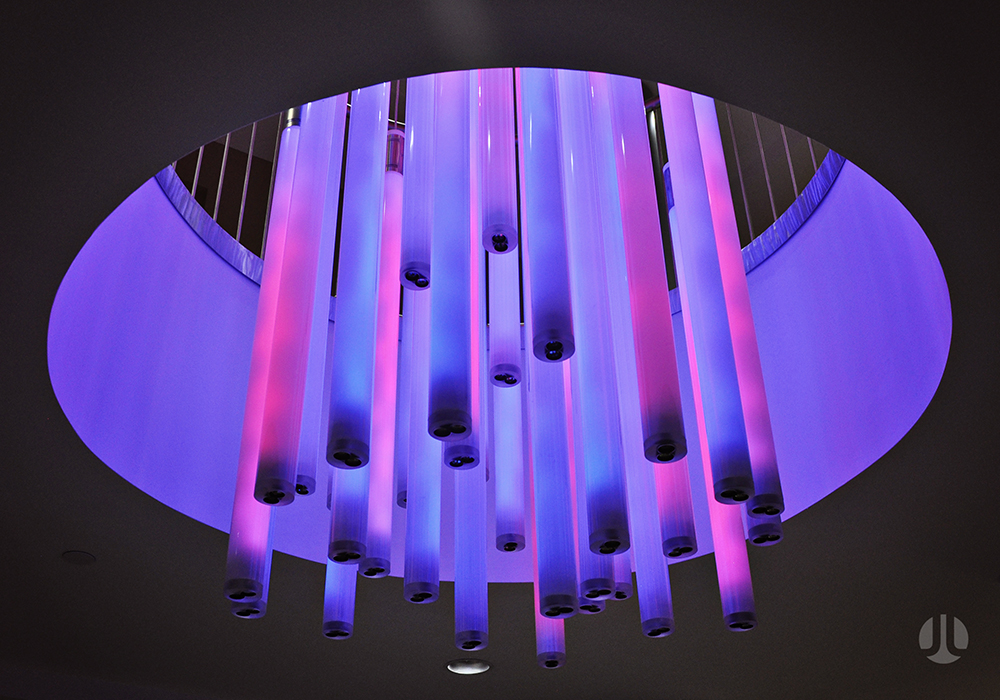
Jen Lewin
Also, with some of the ceiling-based pieces, I will have a beautiful color palette in mind, such as certain purple hues. Then, I get to the site and because of supplemental lighting, the color palette will not work. In these cases, I have to shift and adjust the colors.
What does light symbolize to you as an individual?
Light is life. It is this fundamental core component of everything that is alive. We wouldn't be alive without the light of the sun; it is so inherent to life in every aspect.
What are some tips you would give professional lighting designers to breathe new life into the way they conceptualize spaces?
It is quite interesting—I just described the constraints of the plastic material we use. I really like the way light moves through the material, though; it twinkles and I love it. You can achieve a twinkle effect from light through glass, right? I think there is a flatness to some lighting designs as they lack this twinkling dynamic. I think there is more than just the LED when it comes to lighting design. Designers can also experiment and pay close attention to how materials play around the LED.
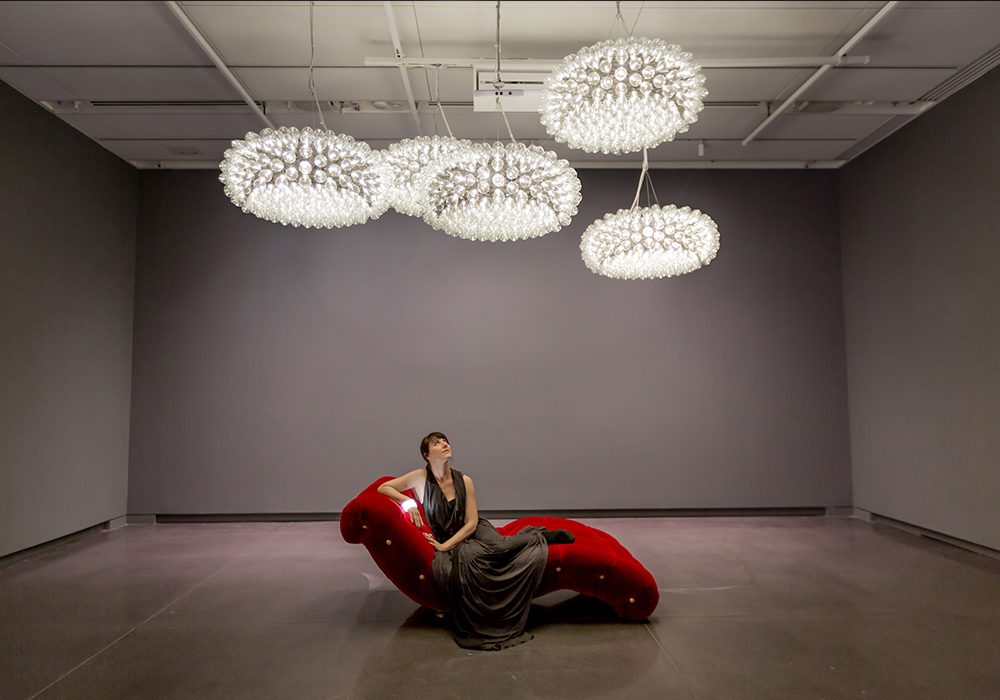
Jen Lewin
There is an artist group, for example, that puts LEDs in big, laser cut metal forms that project light. The visual effect blows everyone's minds. The relationship between the forms and the light is as interesting as the light itself. You see their relationship in the shadows, which create a sort of theatrical experience.
What do you wish you could experience more of in everyday commercial spaces?
Certainly, a hotel room featuring lighting that could follow circadian rhythms to encourage sleep and waking up would be really interesting. It seems like we will probably have that sooner than later. That would be pragmatic from a human use perspective. In lobbies, I would like to see more unique illuminated forms, such as custom chandeliers. You can take your lobby budget and commission a sculpture that also serves as the chandelier.
What else would you like to share?
We are working on one of the most exciting projects I have ever done right now, which is going to be one of the bigger interactive pieces in the world. It will be a 40-foot tall steel and vintage glass LED Aurora Borealis hanging in the new terminal in one of Minneapolis’ airports.
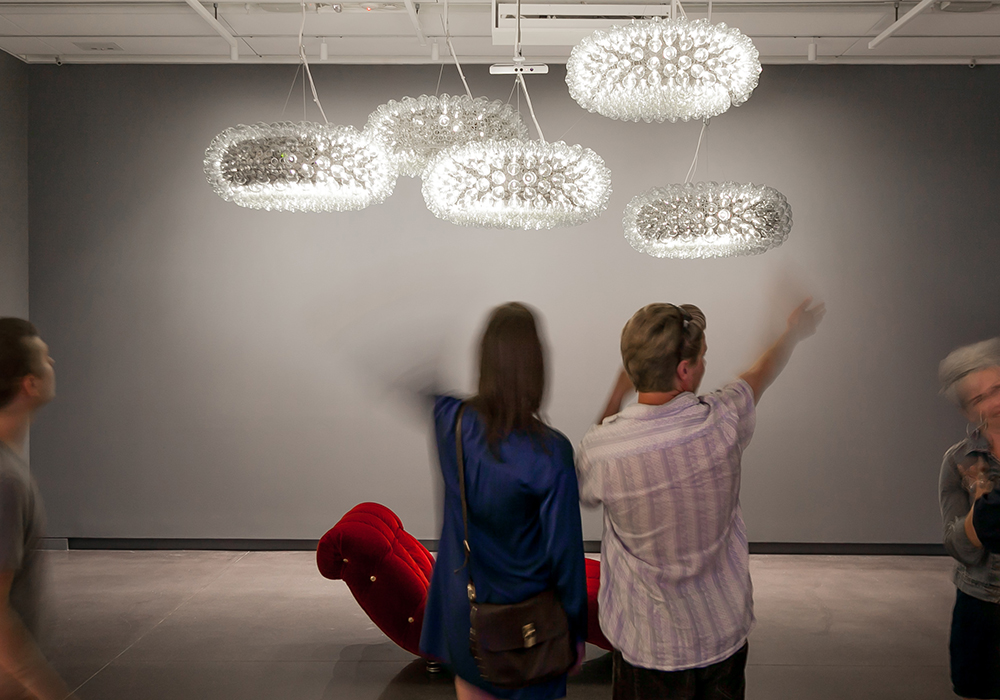
Jen Lewin
I think it is going to be an interesting piece because there are thousands of glass bulbs that we are creating a custom LED fixture for. What you get is this super modern LED interactive Aurora Borealis paired with the vintage glass.
I think it is a very exciting time. I think as more of these components and more of this technology become available to artists, designers and architects, there can be more and more creative applications. The systems are in place to allow for more and more of these unique applications and completely different sculptures, products or designs to use lighting in interesting ways.
